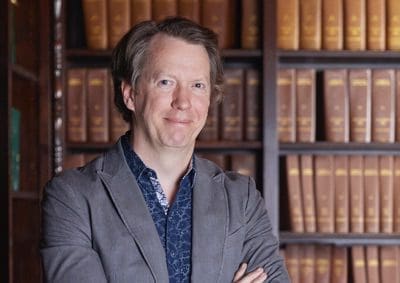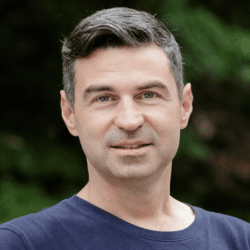Information is physical — it can be used to extract work from systems in equilibrium, and to characterize complex dynamics in systems far from equilibrium. The Information and Complexity group at Hopkins studies physical systems through the tools of information theory, computation, and complex systems.
This interdisciplinary research involves ideas from statistical mechanics, dynamical systems theory, quantum mechanics, and theoretical computer science. It contributes to questions such as the emergence of spacetime, discovering structure in large datasets, the organization of ecosystems and societies, and the origin and operation of life. The importance of this endeavor lies not only in bridging abstract mathematics with empirical physics but also in its potential to redefine our understanding of nature, drive next-generation technologies, and provide insights into unsolved problems in both physics and computation.
At JHU, researchers are working to understand information and complexity in a variety of contexts, including:
- Physical underpinnings of computation and information processing
- Fluctuations and non-equilibrium statistical mechanics
- The origin and evolution of complexity
- Quantum information and computation
- Applications to biology and neuroscience
- Applications to economics and social structures

Sean Carroll
Sean Carroll is the Homewood Professor of Natural Philosophy, teaching in both Physics and Philosophy. He is interested in foundational questions in quantum mechanics, spacetime, statistical mechanics, complexity, and cosmology. His current research focuses on two main themes. First, quantum mechanics and the emergence of spacetime: how spacetime and the laws of physics can emerge from basic quantum ingredients. Second, entropy and complexity: how the arrow of time arises from an initial low-entropy condition, and how complex structures originate and interact over cosmic time.

Brice Ménard
Brice Ménard joined the faculty at Johns Hopkins in 2010. He received his PhD from both the Institut d’Astrophysique de Paris and the Max Planck Institute for Astrophysics in Germany. He was a postdoctoral member of the Institute for Advanced Study in Princeton and a senior research associate at the Canadian Institute for Theoretical Astrophysics in Toronto. His research combines astrophysics and statistics. His work has led to the detection of gravitational magnification by dark matter around galaxies, the discovery of tiny grains of dust in the intergalactic space, a new technique to estimate the redshift (or distance) of extragalactic objects and a new way to automatically find trends in complex datasets.
